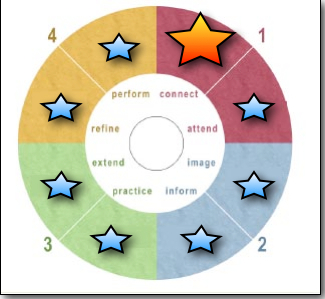4MAT Pure and Simple Book Excerpt
Teaching seldom begins with meaningful experiential connections. Instruction often begins with lists of what must be learned—couched in measurable objectives concerning materials that are frequently outside learner experience and interest. Recent research from the Gates Foundation finds that less than 3% of teachers demonstrate regard for student perspectives.
And so teachers hear the incessant, ubiquitous Why do I need to know this? question.
Some claim this is the way it must be. Students need patience. There are many things to learn. It takes too much time to explore the underlying meanings, to excite students about what must be learned. That’s just the way it is. Students are expected to ignore the need for meaningful experiences (in school at least) and just learn the material. They are told the reasons will become clear later.
 But something very important happens when you begin with an experiential connection.
But something very important happens when you begin with an experiential connection.
The learner is caught up in it. There’s a level of emotion, an impact and a newness often accompanied by an ineffable sense of recognition. The learner reflects and ponders, seeks out more knowledge, and has the desire to talk it through and discuss it with others.
Teachers must begin by enabling learners to confront new learning from the vantage of their own experiences. Engaging in this process means coming to balance with the otherness of the learning. It’s about the learner and the learning. It’s about being and knowing. This process is at the heart of 4MAT pedagogy and is the key to all successful teaching.
The 4MAT Model is a process for moving people through a dynamic learning cycle:
- To connect learners to significant concepts through the lens of their own experience, and to bring them together to share their perceptions
- To introduce them to excellent knowledge and ideas,
- To teach them to critique and examine, by creating multiple practice activities that enable all learners to achieve mastery, and
- To encourage creativity, by moving them beyond content for its own sake to the adaptation of learning in their own lives.
4MAT requires teachers to convince learners of the value of the learning by drawing it forth from their own experiences, then leading them through the work of the experts to their own work, their own use of it.
It is as open-ended as the very student diversity it serves.


You must be logged in to post a comment.